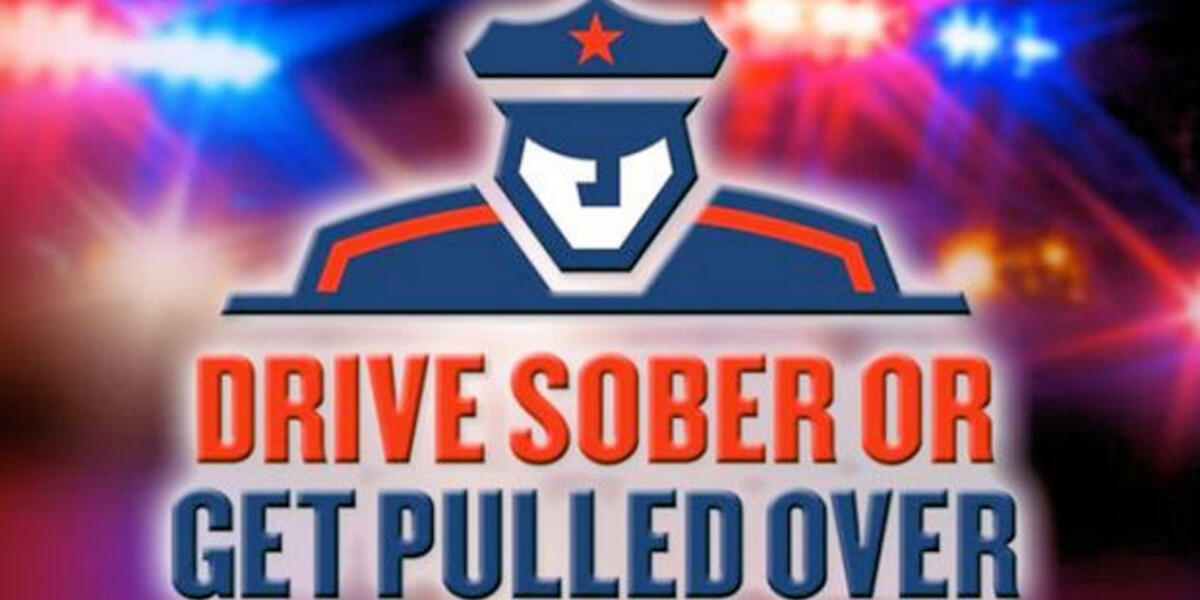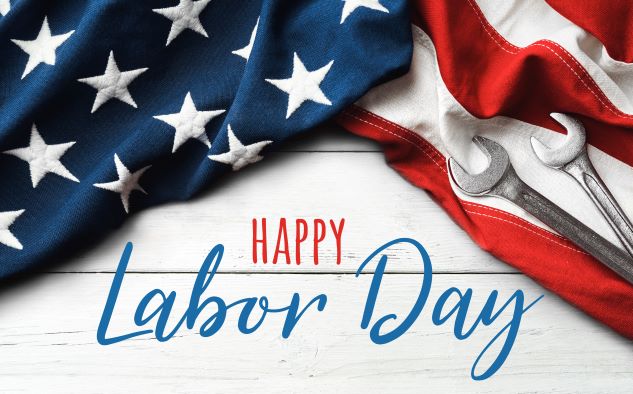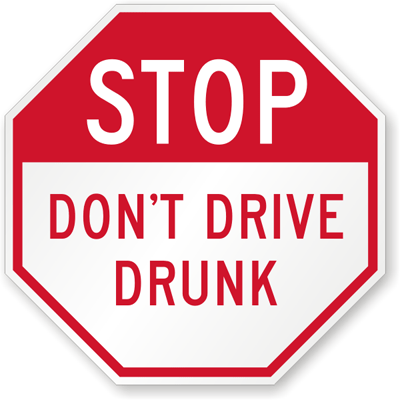The 2025 national enforcement mobilization, “Drive Sober or Get Pulled Over,” went into effect across the country on August 15 and will conclude on September 1, 2025. One of the deadliest and most often committed—yet preventable—crimes, impaired driving, has become a serious safety epidemic in our country.
With the end of summer comes Labor Day weekend, which has long been associated with one last trip before fall. This year, Labor Day falls on September 1, marking the end of a record-breaking travel season. According to AAA, domestic travel during the final long weekend of summer is up 9% from last year.
Increased traffic means an increased likelihood of vehicle crashes, and the festive nature of the weekend unfortunately lends itself to more instances of drunk driving. To keep people safe on the roads, the U.S. Department of Transportation’s National Highway Traffic Safety Administration (NHTSA) is partnering with law enforcement nationwide for the Drive Sober or Get Pulled Over enforcement campaign, running from August 15 through September 1, 2025, to help stop alcohol-impaired driving.
Labor Day Driving Tips from America’s Road Team
The first step toward a safe trip begins in the driveway:
-
Do a "walk around" before leaving: Check your vehicle's tires, wipers, and fluids. Have your radiator and cooling system serviced.
-
Plan ahead: Before getting on a highway, know your exit by name and number, and watch for the signs as you approach. Sudden lane changes cause accidents.
-
Use maps or GPS: Many drivers skip maps, even in unfamiliar areas. Knowing the road helps you anticipate conditions and avoid last-minute searches for directions.
-
Leave early and avoid risks: Allow extra time to reduce stress and accommodate delays. Don’t drive when tired, upset, or ill. Avoid risky maneuvers just to save a few seconds.
-
Be aware of truck blind spots: If you can’t see the truck driver in their mirrors, they can’t see you.
-
Expect the unexpected: Look a quarter-mile ahead and always leave yourself an “out.”
-
Limit phone use: Connect your phone to Bluetooth for hands-free use. Keep calls short, and pull off in a safe area for longer conversations. Never use your phone in work zones.
-
Signal your intentions: Use turn signals early so other drivers can react. If a truck signals to change lanes, give it space.
-
Do not cut in front of trucks: Trucks are heavier and take longer to stop. Cutting in front of them is dangerous.
-
Yield properly: On entrance ramps, remember highway traffic has the right of way. Merge smoothly without slowing down in front of trucks.
-
Never stop on a highway: The most dangerous speed on a highway is zero. If you must stop for emergencies, use extreme caution—trucks cannot always stop but will often call for help via radio.
-
Watch your fuel: Keep at least a quarter tank before hitting the highway. Traffic jams consume more fuel than expected and could leave you stranded.
-
Stay alert in work zones: Follow posted signs, as traffic may slow or lanes may be closed.
America’s Road Team reminds all motorists: From driveway to highway, safety requires patience and dedication.
Is That a Drunk Driver?
Have you ever wondered if another motorist was driving under the influence? NHTSA has identified four categories of behaviors that may indicate impaired
driving:
-
Lane Position Problems – Weaving, drifting, straddling lanes, or nearly striking other vehicles.
-
Speed and Braking Problems – Jerky stops, abrupt braking, erratic acceleration, or driving unusually slowly.
-
Vigilance Problems – Failing to turn on headlights at night, driving the wrong way, or reacting slowly to signals.
-
Judgment Problems – Following too closely, unsafe lane changes, crossing medians, or making sudden, illegal turns.
What should you do?
If you observe one or more of these signs, increase your distance and prepare for sudden, unpredictable moves. If you see two or more signs, the driver is likely impaired. Protect yourself and others by calling the police immediately.
National Truck Driver Appreciation Week: September 14–20, 2025
Nearly every aspect of daily life is made possible because a truck driver delivered the goods and resources people need.
National Truck Driver Appreciation Week is a time for America to thank the 3.5 million professional truck drivers who perform one of the economy's most demanding and vital jobs. These men and women not only deliver goods safely, securely, and on time, but also help keep highways safe.
In recent years, Americans and Canadians have shown appreciation in countless ways—from children handing out lunches to “I ❤️ Trucks” signs along highways. Reflecting on the COVID-19 pandemic, it’s clear that without truck drivers delivering PPE, food, and medical supplies, daily life would have been far more difficult.
This September, set aside time to recognize your drivers. Plan something special to show appreciation for the critical role they play in keeping our communities and economy moving.









